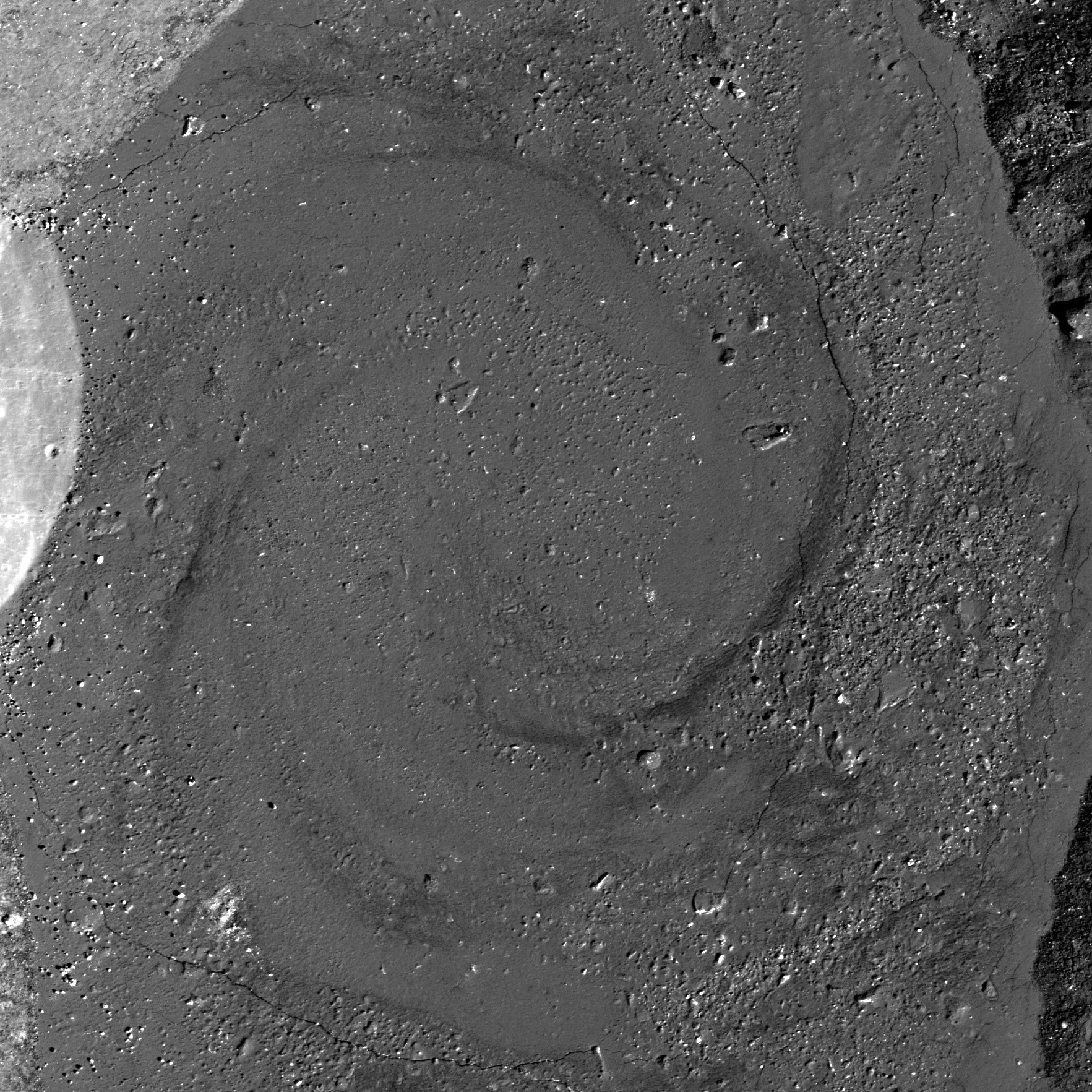Create a free profile to get unlimited access to exclusive videos, sweepstakes, and more!
A Swirly Lava Pool on the Moon

Look, I’ve been doing this a while. I’ve seen it all, right? Fresh craters on the Moon. Rocks rolling on the Moon. Spacecraft crash sites on the Moon. Cripes, even the Apollo landing sites seen from orbit.
So c’mon, Lunar Reconnaissance Orbiter (LRO), you think you can surprise me with a picture of the Moon these days? What’ve you got? A swirly spiral whirlpool of rock or something?
Oh. Well, OK then.
I have to admit, when I saw this picture I literally gasped and smiled. I have never seen anything like this on the Moon, but it was immediately clear what it was: a melt pond. That’s where molten rock (lava, say, or rock molten by a large impact) flows into a depression to form a pond, and then hardens. Usually these have a flattish surface and are circular, but not always. Still, a spiral? That’s really, really weird.
But it’s not hard to think of ways this could’ve formed. Molten material could’ve flowed in off-center, for example, off to the side, forming a current that would spin around, shaped by the pond’s rim (this video of equatorial fakers might help make that clear). Another possibility is a small landslide swirled the cooling material around, pushing it off-center and starting up rotation (though this seems unlikely to me; the ponds don’t take all that long to cool, so the timing would’ve had to have been quick). Perhaps friction sheared the material flowing in, slowing some parts but not others, which again could easily start up rotation.
Whatever started it, I’m more amazed that the action was frozen in time the way it was, the rock hardening in place yet still showing the effects of the spin. The material must have been pretty viscous, or else it would’ve settled into a flat surface. The pond is about a kilometer (0.6 miles) across, by the way. [Update (June 12, 2013 at 15:00 UTC): It occurred to me shortly after posting this that the spiral pattern might be not from the melted rock itself, but from lighter material swept up that floated to the top. That could maintain the pattern even after the rock itself stopped swirling, like streaks in foam floating in a cup of latte. This thought came to me before I had my coffee, I'll add.]
It’s hard to say how long ago this happened; but this pond is inside the 22-kilometer (14 mile) wide crate Giordano Bruno, just over the Moon’s limb on the far side. This is known to be a young crater, probably less than a few hundred million years old. Yes, that’s what lunar geologists consider young. Scientists see things a bit differently than most people. Anyway, the pond must be no older than Giordano Bruno to have formed inside the crater.
I’m also curious about that arc-shaped feature on the left; that’s a slump, where part of the landscape collapsed downhill. The edge looks pretty crisp, so I’m guessing the slump happened before the pond itself formed, and the liquid material settled against it to form that sharp edge. Note the tracks from boulders that rolled down the slump, too. Pretty cool.
There’s a lot more to see here, too. In fact, you can explore it yourself in this scan-and-zoom image taken by LRO of the western rim of the crater; you can see lots of slumping, piles of rubble built up in between them, tons of rolling rock tracks, and the entirety of the melt pond, too (which, when not zoomed in so closely, reveals its liquid origin far more clearly).
I dearly love LRO images; as many times as I’ve observed the Moon through my telescopes, examined Apollo photos brought back by the astronauts, and gone through the LRO pictures themselves, there’s still plenty of room for surprises.



























